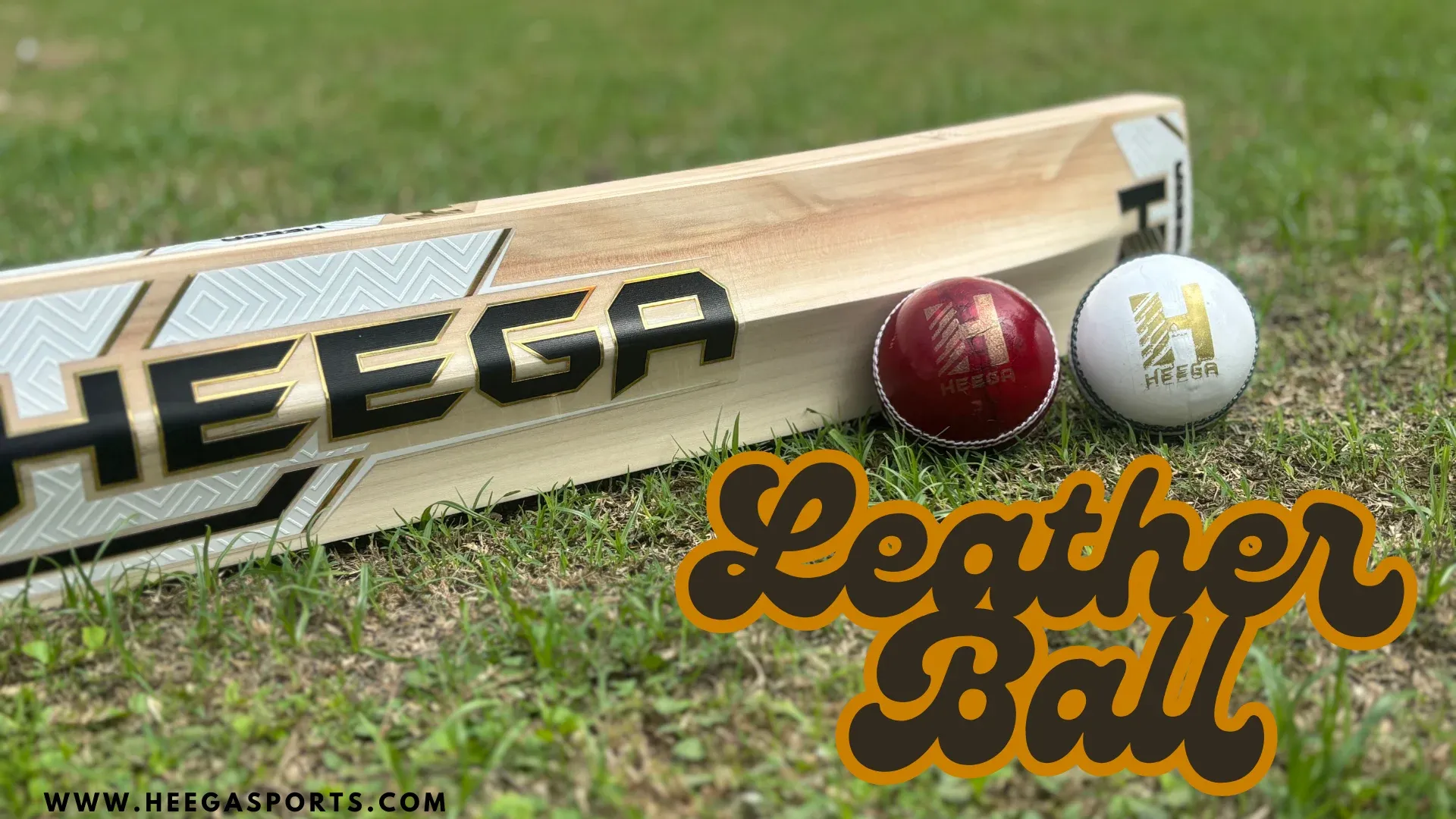
Swing bowling is one of the most challenging skills for batters to face—and one of the most rewarding for bowlers to master. But behind every swinging delivery lies not just bowling technique, but the science of the cricket ball itself.
Let’s explore how cricket ball construction plays a crucial role in generating swing and why Heega balls are designed to enhance that movement.
What is Swing in Cricket?
Swing happens when a cricket ball curves in the air after being bowled. This side-to-side movement makes it harder for batters to judge the delivery.
There are typically three types of swing:
- Conventional Swing – Common with newer balls.
- Reverse Swing – Occurs with older, roughened balls.
- Contrast Swing – Happens when there’s a sharp difference between both sides of the ball.
How Ball Design Influences Swing
1. The Seam
The seam plays a major role in generating swing by disrupting airflow.
- A raised, well-stitched seam allows better grip for bowlers and alters air flow.
- It helps one side of the ball stay rough while the other remains shiny, which is key to swing.
Heega balls feature tightly hand-stitched seams for longer-lasting swing control.
2. Shape and Symmetry
A cricket ball must remain perfectly round to fly consistently through the air. Any warping can reduce swing or create unpredictable movement.
Heega ensures each ball is precision-molded to maintain its shape even after extended use.
3. Leather Finish and Shine
The condition of the leather plays a big part in swing. A shiny surface allows air to flow smoothly, while a rough side increases drag.
- This imbalance is what causes the ball to move in the air.
- Maintaining the polish is critical for extended swing.
Heega balls use high-grade alum-tanned leather that holds shine longer for sustained performance.
4. Weight and Inner Core
The core of the ball impacts its speed, bounce, and balance—all of which influence swing behavior.
- A standard weight (around 156 grams) ensures proper flight.
- The core is usually made of cork and tightly wound wool, allowing the ball to respond well to different types of deliveries.
Our balls are built with a balanced core to enhance control and movement.
How Ball Type Affects Swing Style
Type of SwingBall ConditionWhat Matters Most
Conventional Swing
New Ball
Seam height, leather quality
Reverse Swing
Old Ball
Rough surface, weight balance
Contrast Swing
Mid-Used Ball
Differential polish and texture
Heega cricket balls are built to maintain optimal swing conditions across all phases of use—from fresh out of the box to late-innings reverse swing.
Why Cricketers Choose Heega Balls for Swing
- Durable hand-stitched seam
- Long-lasting leather shine
- Balanced weight and perfect roundness
- Ideal for swing training and competitive matches
Our cricket balls are designed not just to meet standards—but to elevate your game.
Final Thought
Swing bowling is a combination of skill, practice, and having the right equipment. While the bowler’s action is vital, a well-constructed ball is just as important in achieving that magical movement through the air.
At Heega Sports, we take pride in crafting cricket balls that bring out the best in every bowler.
Check out our range of swing-friendly cricket balls – Shop Now